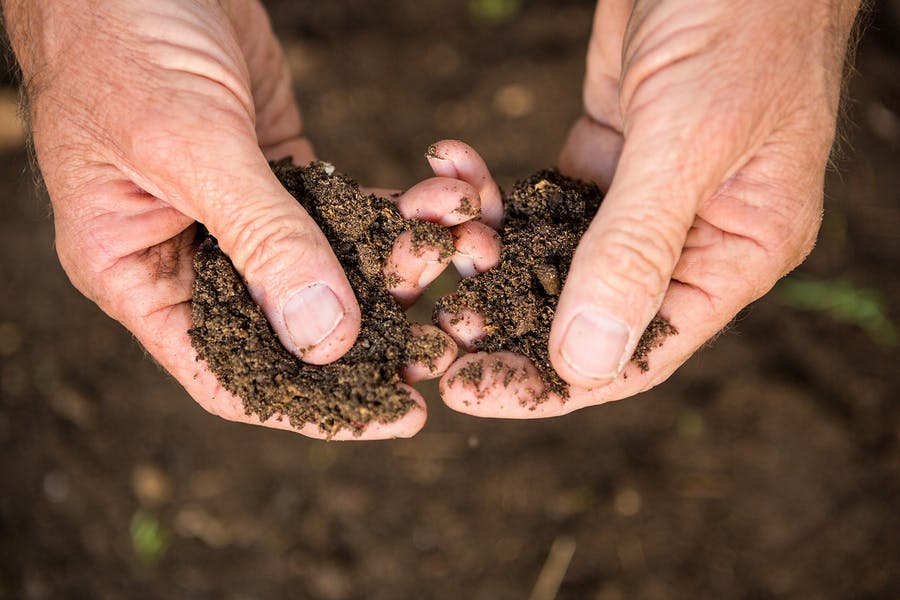“When a flower doesn’t bloom you fix the environment in which it grows, not the flower.”
When I saw this quote, it stopped me in my tracks.
My hobby is gardening; I love plants. When I lived in the US, I prided myself on having the most beautiful yard on the street. All my neighbors would marvel, wishing theirs could look the same. However, I spent hours on Saturdays toiling in the sun and heat making sure the soil, moisture and everything the flowers needed to bloom was there for them. My neighbors paid only lip service to creating this environment. Doing nothing, their plants all withered and died.
How nutritious is your soil?
The soil of an organization is its culture; that is the secret ingredient that causes all within to bloom. The organization takes on the role of the gardener, making sure that everything within our control is used to create a wholesome environment. However, some of our leaders are like my neighbors, paying only lip service and offering only platitudes about their gardens. They talk a good game, but that is about it.
“People are our greatest assets” should be banned from future use. Each time I hear a leader spout those words I want to say, “Give us a few examples of how you live those words within your organization. “ I am sure that would cause a huge pause and then there would be more meaningless platitudes.
The new leader today must become both the guardian and the steward of their culture. Stewardship is managing the environmental culture, while guardian is the protector of that same space. There are many simple and thoughtful ways we can manage our culture that can make an enormous difference. Every communication, initiative and action should be filtered through the prism of your culture, that is if you know what it is. Of course, the vast majority are clueless of their own environment.
Cultured environment equals strategy execution
We all know that the focus is always on achieving the organization’s strategic initiatives, but that can only be done by creating the environment to make it happen and having the right, engaged people driving those initiatives. The environment is so much more important than we give it credit for. Environment creates the atmosphere for innovation. Like a plant, innovation will not flourish in bad soil. It will wither and die. Mere words and platitudes about this elusive creature will not cause it to blossom and flourish regardless of how much you talk about it.
We spend so much time today talking about the candidate experience. The other side of that coin is the employee experience, and that should be delivered with the same vigor as you spend on the customers.
Organizations have long emphasized customer touchpoints — the many critical moments when customers interact with the organization and its offerings on their way to purchase and then after. If we were to apply that same approach to our employees in our pursuit of maximizing the employee experience, we would be building and paralleling our customer experience. The employee end-to-end journey or lifecycle is of the utmost importance, the same as the journey is for the customer.
Organizations able to skillfully manage this lifecycle will reap enormous rewards: enhanced employee satisfaction, reduced turnover, increased revenue, and greater probability of reaching strategic objectives. This all comes about because in this environment everyone flourishes, collaborating across functions and levels, creating the truly team environment.
Customer vs Employee Experience?
If a company’s customer feedback came back negative and the customer experience showed a negative effect, there would be no doubt that if it was not fixed bad things would begin to happen and revenue would be just one side effect. However, what would happen if those same scores came back from the employees? Would it have the same affect? Based on my experience, probably not.
When I moved to Saudi Arabia a few years back I figured that with all the sunshine I could replicate my yard to resemble what I had previously. I went out the first few weeks and loaded the car up with an assortment of beautiful plants and shrubbery. I spent an entire weekend putting them all in place, watering them and waiting for them to flourish. What I noticed after a few days was the withering that was taking place. I was watering them, but they all eventually died.
Gardening 101 vs Organizational Effectiveness 101
One of the gardeners of the compound where I lived watched every evening as I worked to try to get my garden to thrive. One day he came over and said, “You bought all those plants, but did you ever consider the soil you were putting them in? There are no nutrients in the soil. The soil is dead, you must treat the soil first in order for them to grow.” I hired him and he created the environment for them to grow, and grow they did.
Gardening 101, treat the soil first. Organizational effectiveness 101 treat your environment and your employees will flourish.
